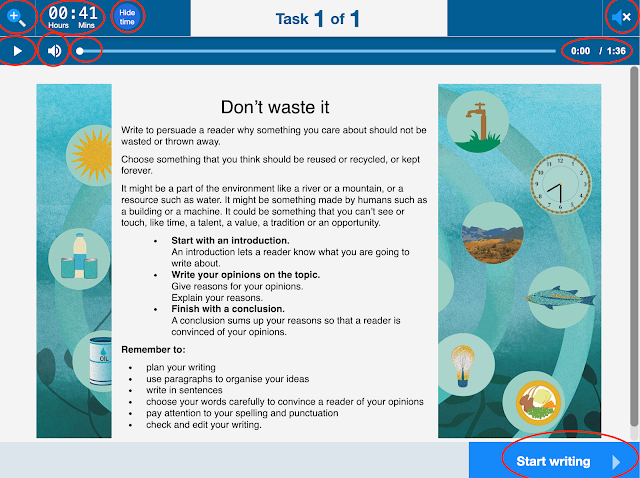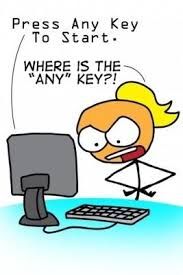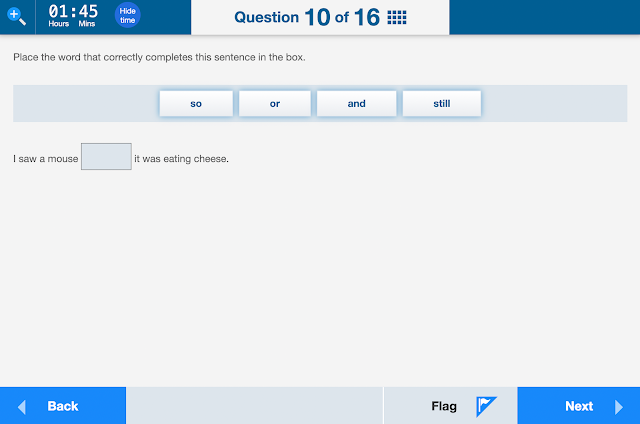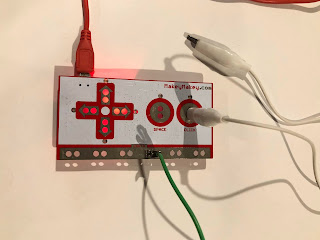What is the point of teaching coding and robotics?
As published on the ClassCover Blog http://www.classcover.com.au/teachers/features/
Updated with new NSW link Dec 20 2017
Updated AITSL and accreditation details October 20 2019
Updated with new NSW link Dec 20 2017
Updated AITSL and accreditation details October 20 2019
Coding and Robotics are the buzz word in the media and in schools. But why do we teach it? Coding and Robotics are just one of many approaches to teach students computational thinking..
 Computational Thinking is the process of finding a solution to open ended problems. Computational Thinking is usually associated with computer science however it incorporates the way we set problems in all key learning areas (Google for Education).
Computational Thinking is the process of finding a solution to open ended problems. Computational Thinking is usually associated with computer science however it incorporates the way we set problems in all key learning areas (Google for Education).
The four stages of computational thinking are:
- Decomposition: breaking a large problem into smaller parts
- Pattern Recognition: identifying similarities and differences
- Abstraction: Identifying the general principles that generate these patterns
- Algorithm Design: step by step strategy for solving a problem
Jeanette Wing of Carnegie Mellon University believes:
“it is a fundamental skill for everyone, not just for computer scientists. To reading, writing, and arithmetic, we should add computational thinking to every child’s analytical ability” (Wing, 2006, p33)
The Australian curriculum clearly states outcomes related to coding and computational thinking. The media talks of integrating STEM (Science, Technology, Engineering and Maths), computational thinking and teaching kids to Code. The NSW Education Standards Authority (NESA) curriculum outcomes to teach STEM and coding are not as specific. How can NSW teachers implement coding and computational thinking in their classroom without adding more content to the curriculum and still covering all the outcomes? The key is to change the way we teach science, maths and english to be inclusive of these new technologies, this can be done from K-10.
The NSW Curriculum makes many references to technology in each of the KLAs, values and attitudes, the use and understanding of technology, sustainability and ethics and working technologically and working mathematically.
Focus Outcomes for Coding STEM
How do Teachers learn to code?
The University of Adelaide launched an online course in 2014. The course is a Massive Open Online Course (MOOC). It is free for anyone to complete and on completion participants receive a certificate. It is mapped to AITSL standards and can be claimed for 21 teacher identified hours for NSW accredited teachers.
 The course can be found at http://csermoocs.adelaide.edu.au/moocs. For assistance with logging into the course you can watch this playlist of videos. https://youtu.be/W2ayJHFgQGM?list=PLOVh1WJkvg-7dBUGiR3WF3UDo0xpYw4RP. To login you will need to use either a gmail account or NSW Public School teachers can use the @education account, contact the department tech support if you do not know your @education email.
The course can be found at http://csermoocs.adelaide.edu.au/moocs. For assistance with logging into the course you can watch this playlist of videos. https://youtu.be/W2ayJHFgQGM?list=PLOVh1WJkvg-7dBUGiR3WF3UDo0xpYw4RP. To login you will need to use either a gmail account or NSW Public School teachers can use the @education account, contact the department tech support if you do not know your @education email.How to get started coding?
To get started coding find a resource you like and work through the beginner tutorials. Teachers do not need to be experts on coding to teach beginners, how ever it is helpful to have worked through the concepts you plan to teach prior to working with the class. For students who move at a quicker pace than the teacher YouTube is a fantastic resource for how to lessons. For the quicker workers the teacher becomes a facilitator who assists the student in researching the next step. Once the student has mastered the more advanced skills ask them to demonstrate what they have learnt and assign the student the role of “TechSpert” to assist other quick workers. Or a group leader to work with others.
Ideas for Casual Teachers
Being a casual has a unique set of constraints. Often casual teachers don’t have access to general school resources unless they are timetabled. Sometimes there is no work left. So here are some ideas for teaching computational thinking that are free and can be prepared for use in an emergency kit.
Use free coding resources to introduce coding concepts. Coding can be used to teach mathematical concepts such as position, length, direction, area, perimeter, symmetry, tessilations, 2D shapes.
Literacy
Use books to teach computational thinking concepts. Many stories can be used to teach computational thinking.
- Visual sequencing of stories can teach algorithmic thinking.
- Stories about journeys and maps can teach algorithms (procedures), position, distance and coordinate geometry.
- Uno’s Garden by Graham Base can teach mathematical concepts such as Square numbers, Arithmetic sequences.
- Eleventh Hour by Graham Base can teach how to solve codes to solve the mystery of the missing food
- Hello Ruby can be used to teach computational thinking offline. The activities in the back of the book link to each chapter.
Resources
NSW NESA Links
NESA STEM Support
Summary of NSW computational thinking, DigiTech and ICT Capability Outcomes and Indicators K-10 (Working Document) - Digital Technology and ICT Capabilities
http://syllabus.bostes.nsw.edu.au/
K-6 Science and Technology Syllabus endorsed for 2019 https://educationstandards.nsw.edu.au/wps/portal/nesa/k-10/learning-areas/technologies/science-and-technology-k-6-new-syllabus
7-8 Tech Mandatory syllabus endorsed for 2019 implementation https://educationstandards.nsw.edu.au/wps/portal/nesa/k-10/learning-areas/technologies/technology-mandatory-7-8-new-syllabus
Australian Curriculum Technologies https://www.australiancurriculum.edu.au/f-10-curriculum/technologies/
Connect with Meridith online
K-6 Science and Technology Syllabus endorsed for 2019 https://educationstandards.nsw.edu.au/wps/portal/nesa/k-10/learning-areas/technologies/science-and-technology-k-6-new-syllabus
7-8 Tech Mandatory syllabus endorsed for 2019 implementation https://educationstandards.nsw.edu.au/wps/portal/nesa/k-10/learning-areas/technologies/technology-mandatory-7-8-new-syllabus
Australian Curriculum Technologies https://www.australiancurriculum.edu.au/f-10-curriculum/technologies/
Connect with Meridith online
References
Wing, J 2006, ‘Computational Thinking’, COMMUNICATIONS OF THE ACM, vol. Vol. 49, no. No. 3, March, accessed 7 February 2015, <https://www.cs.cmu.edu/~15110-s13/Wing06-ct.pdf>.
Google.com,. 'Google For Education:'. N.p., 2015. Web. 18 June 2015.









Comments
Post a Comment